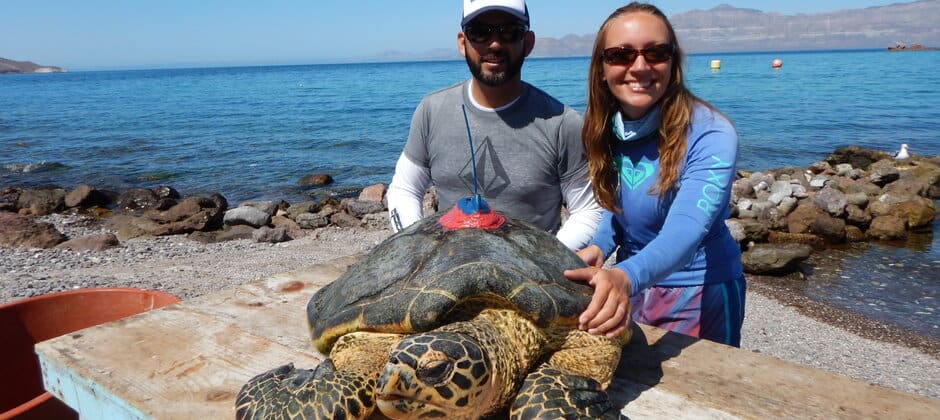Share this article
Wild Cam: Marine protected areas help hawksbills
Most of the islands in the Gulf of California are uninhabited, but for generations, a fishing family has lived on El Pardito Island in the southwestern end near La Paz. They used to earn part of their living by exploiting sea turtles and their eggs. But in the 1990s, the Mexican government banned all capture and trade of sea turtles. In 2012, a national agency worked with a nonprofit organization and local fishing communities to set aside marine protected areas that would improve fish stocks.
Enlarge
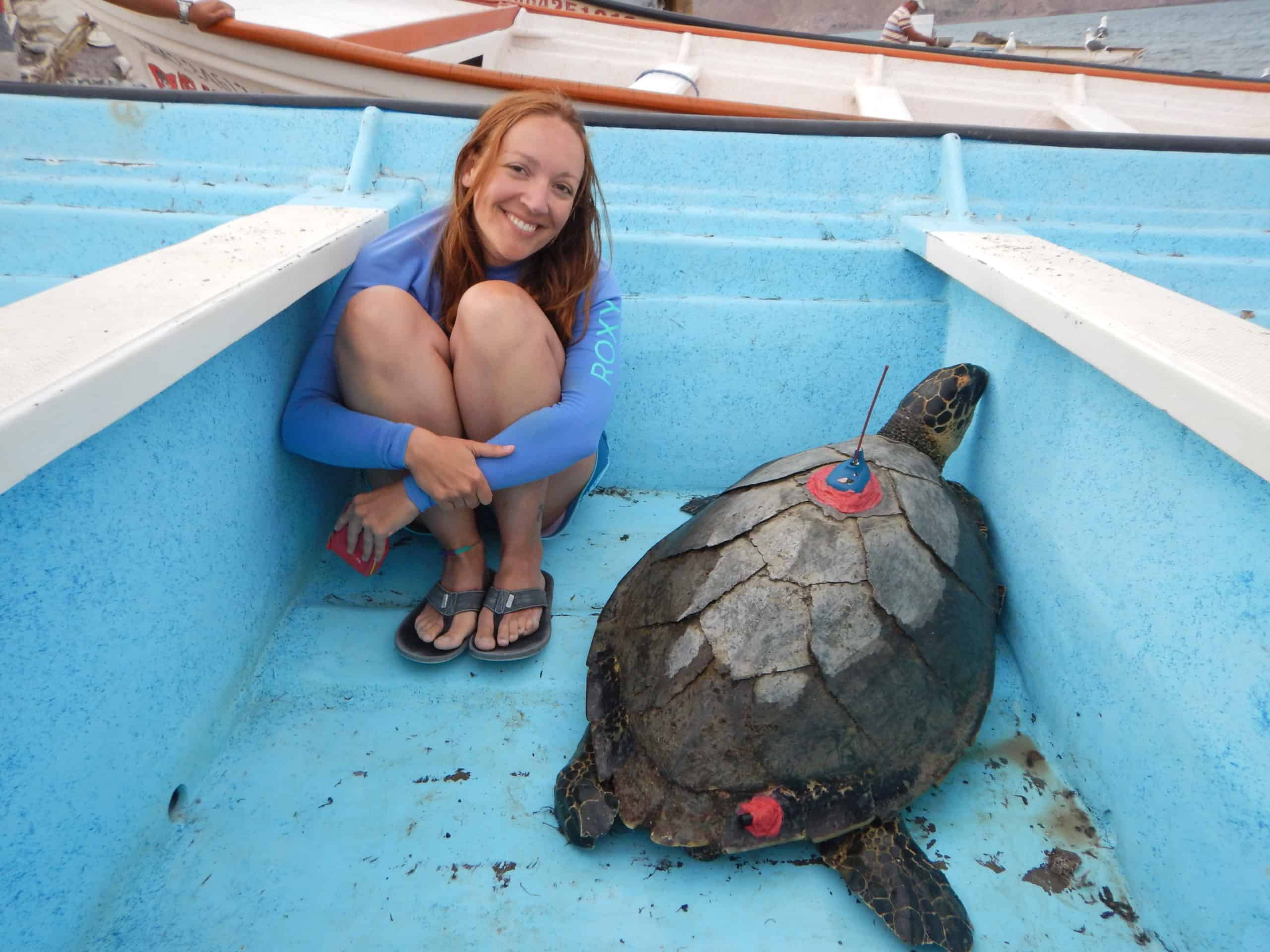
Credit: Kelly Zilliacus
Lourdes Martinez-Estevez, a PhD student at the University of California, Santa Cruz at the time, wondered how these changes have impacted the population of eastern Pacific hawksbill sea turtles (Eretmochelys imbricata) in the Gulf of California, since researchers didn’t yet know much about its status and natural history in this region. As part of her PhD work, she surveyed the turtles around San Jose Island and seven other sites in the Gulf of California to understand more about the population.
Hawksbill sea turtles are considered critically endangered by the International Union for Conservation of Nature, and Martinez-Estevez said that the eastern Pacific population, including individuals in the Gulf of California, is one of the most endangered. But after years of population declines, a study Martinez-Estevez recently led in Marine Environmental Research reveals that the population of hawksbills in the Gulf of California now appear to be rebounding.
“For me, it was clear that we have a higher number of hawksbills because of the protection,” she said.
Enlarge
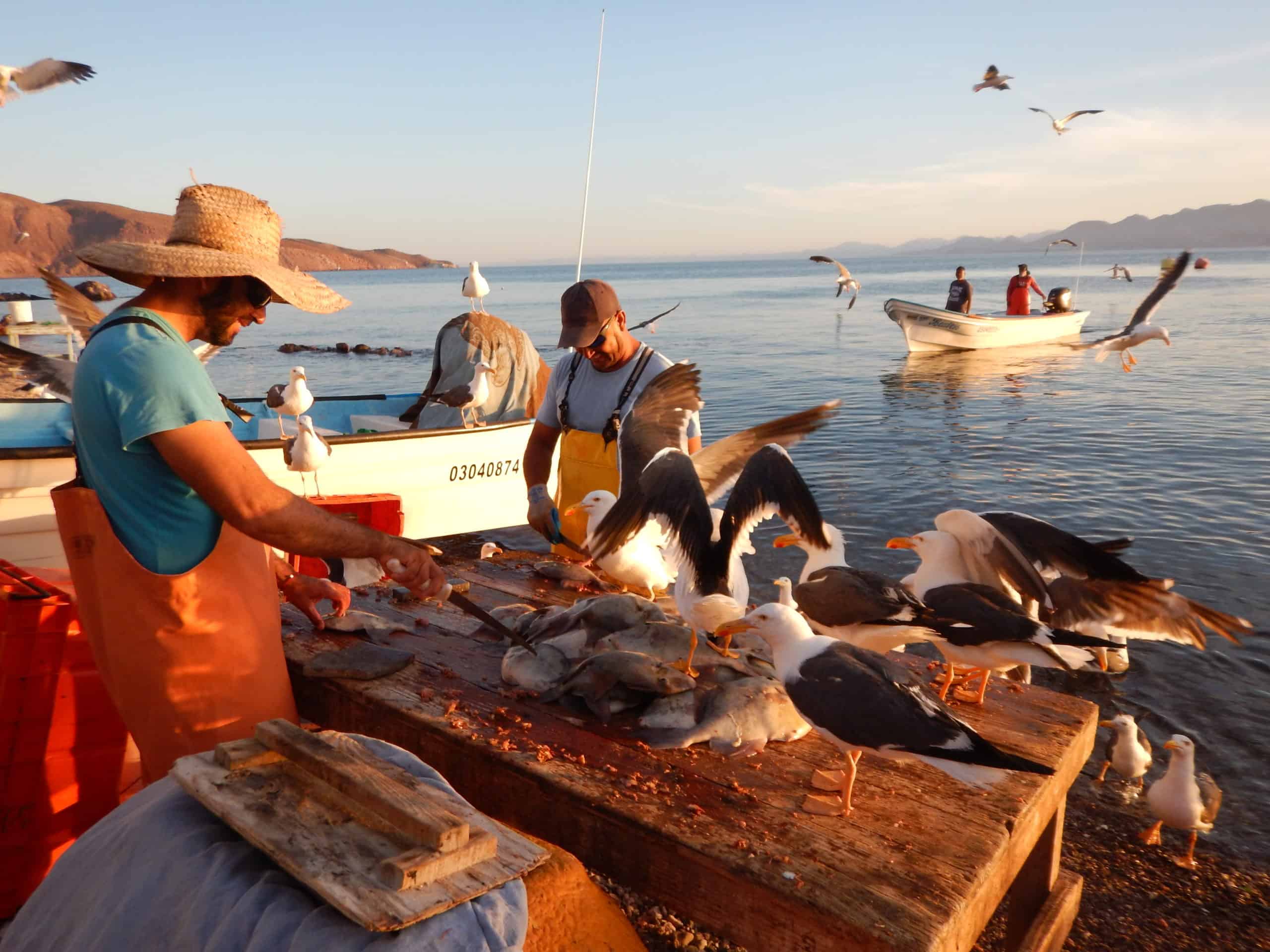
Credit: Lourdes Martinez
The team first set out to connect with locals who lived on El Pardito to learn more about the turtles. In 2014, Martinez-Estevez enlisted the help of brothers Felipe and Juan Pablo Cuevas Amador, whose great grandfather had arrived on the island in the 1920s to fish.
“They obviously know a lot about the ocean and about the species,” Martinez-Estevez said, adding that they had long worked in the area and had seen changes in the species that their parents used to catch, including sea turtles. Since 2005, the Cuevas Amador brothers had been working with a local non-governmental organization Grupo Tortuguero de las Californias focused on sea turtle monitoring and conservation.
Enlarge
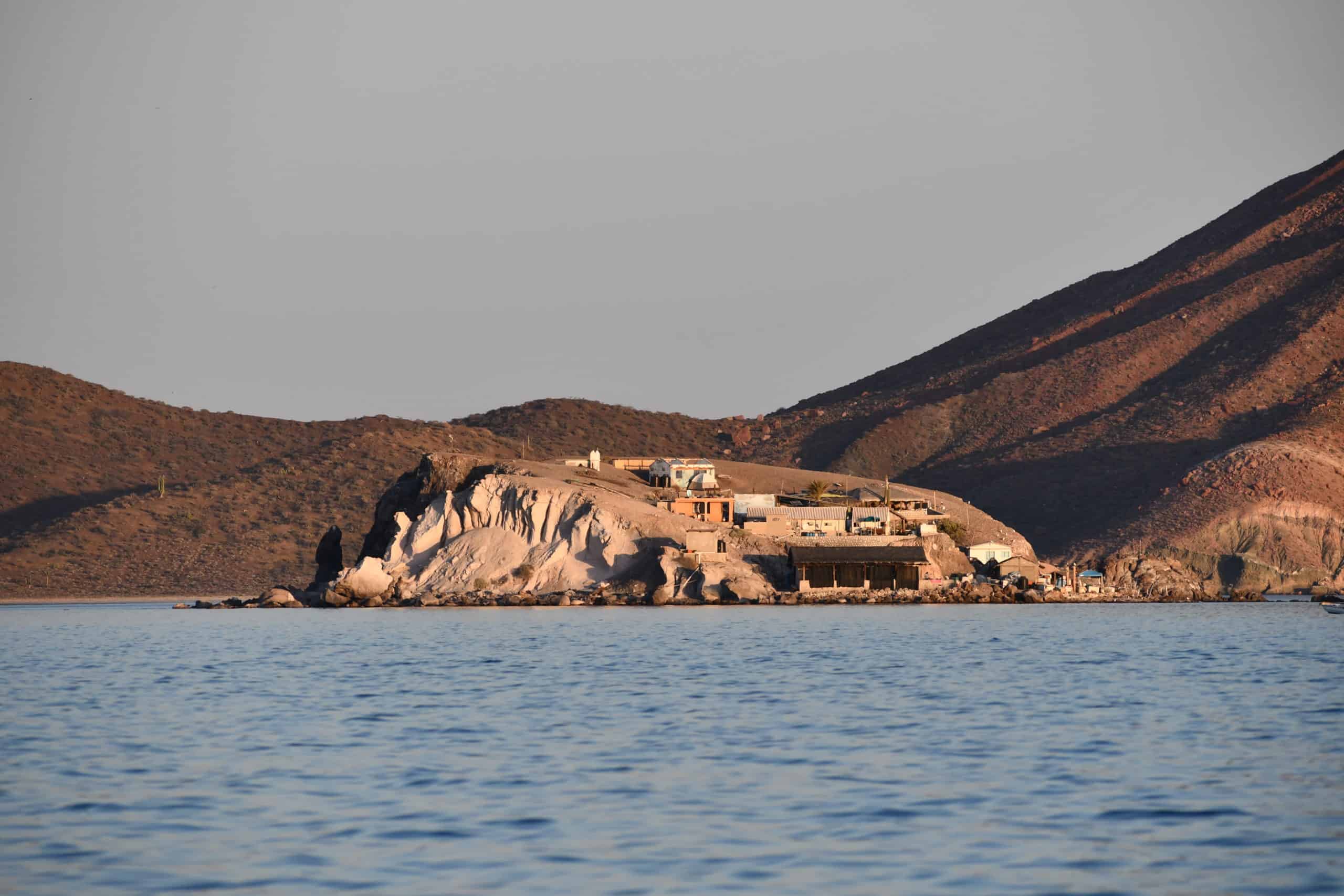
Credit: Lourdes Martinez
After learning about the species, the team surveyed hawksbills in the southwestern corner of the Gulf, from Cabo Pulmo to Loreto, including the island of San Jose and El Pardito pictured above. With the brothers’ help, they set out nets to capture them and recorded their numbers.
“In some habitats with coral reefs and rocky reefs, because of the entanglement, [the team] would do freediving, sometimes at night when it was easy to catch them because they were sleeping,” Martinez-Estevez said.
Enlarge
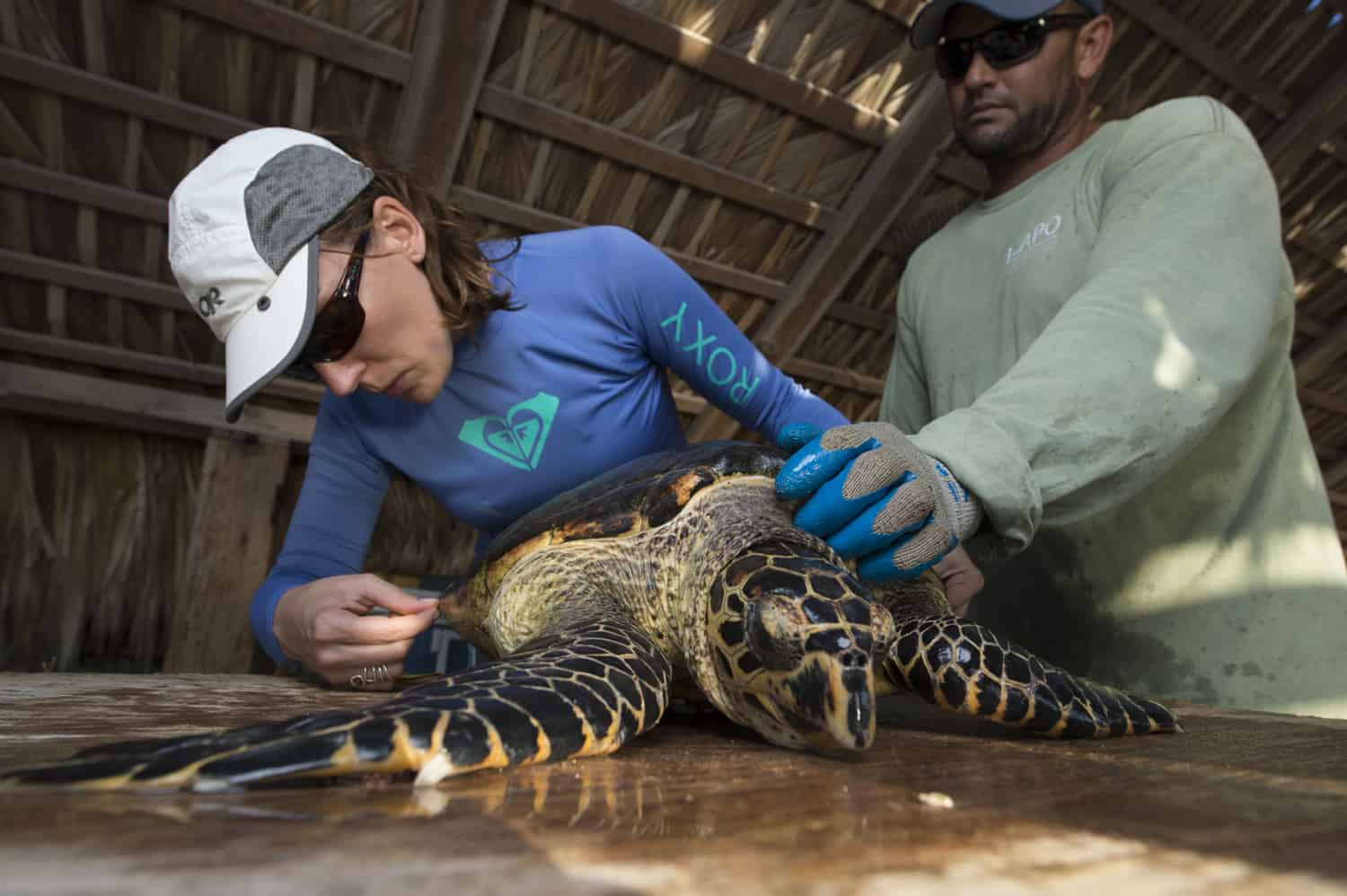
Credit: Octavio Aburto
When they caught hawksbills, the researchers would take measurements and put a unique identification tag on their flippers before rereleasing them.
The team found they often captured the same individuals repeatedly.
“This is one of the most sedentary sea turtles—they don’t move,” Martinez-Estevez said, adding that some were so stationary they had to be scared into the netting even when it surrounded them.
Enlarge
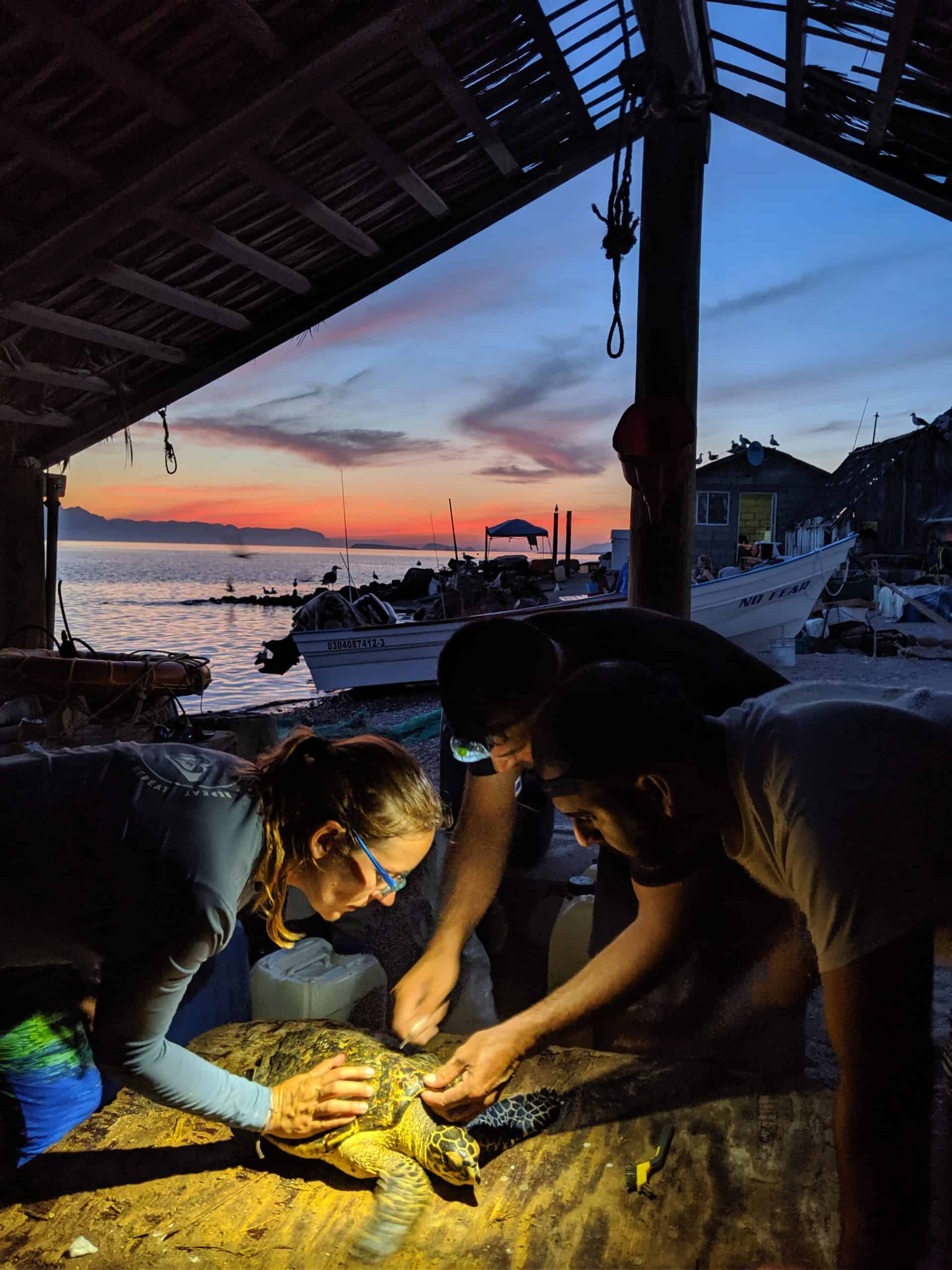
Credit: Dorota Szuta
Of the hawksbills they captured, they fitted 12 with satellite tracking tags and 55 with acoustic tags, which confirmed their relatively sedentary lifestyle compared with other sea turtles that migrate long distances through the oceans.
Similar to other sea turtle species, hawksbill populations move between their nesting areas and foraging areas throughout their lives, but hawksbills have smaller home ranges. For instance, the Gulf population of hawksbills had foraging home ranges of only 3.8 square kilometers on average.
In fact, one adult female tagged five years ago is still sending satellite information from the same place it was captured.
“This finding was interesting because they stayed in the same area for long periods of time,” Martinez-Estevez said. “By protecting those sites, we can make a difference in their conservation.”
Enlarge
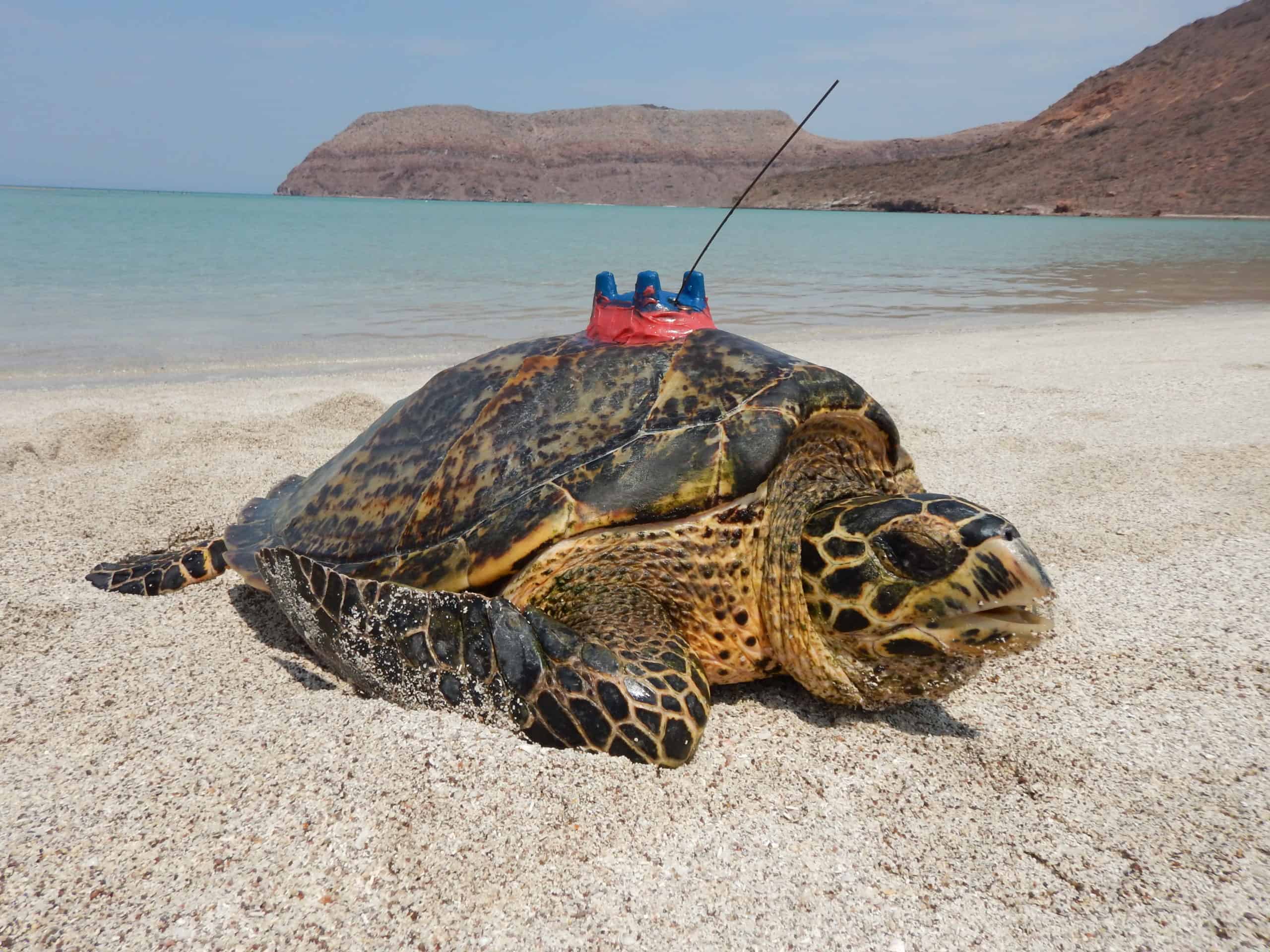
Credit: Lourdes Martinez
The surveys revealed a population of about 100 turtles among the eight sites. But only five of these were adults, Martinez-Estevez said. The rest were juveniles.
“The majority of the animals that we have in the Gulf are juveniles, which brings hope for the recovery of the population,” she said. “We lost a lot of adults [in past times], but we have a new generation that is coming.”
Most of these sites were in marine protected areas and within ecological diverse habitats like estuaries and reefs. “No-take marine areas can make a difference for species like hawksbills,” Martinez-Estevez said. “[The turtles] have preferences for mangrove estuaries due to increased food availability.”
Enlarge
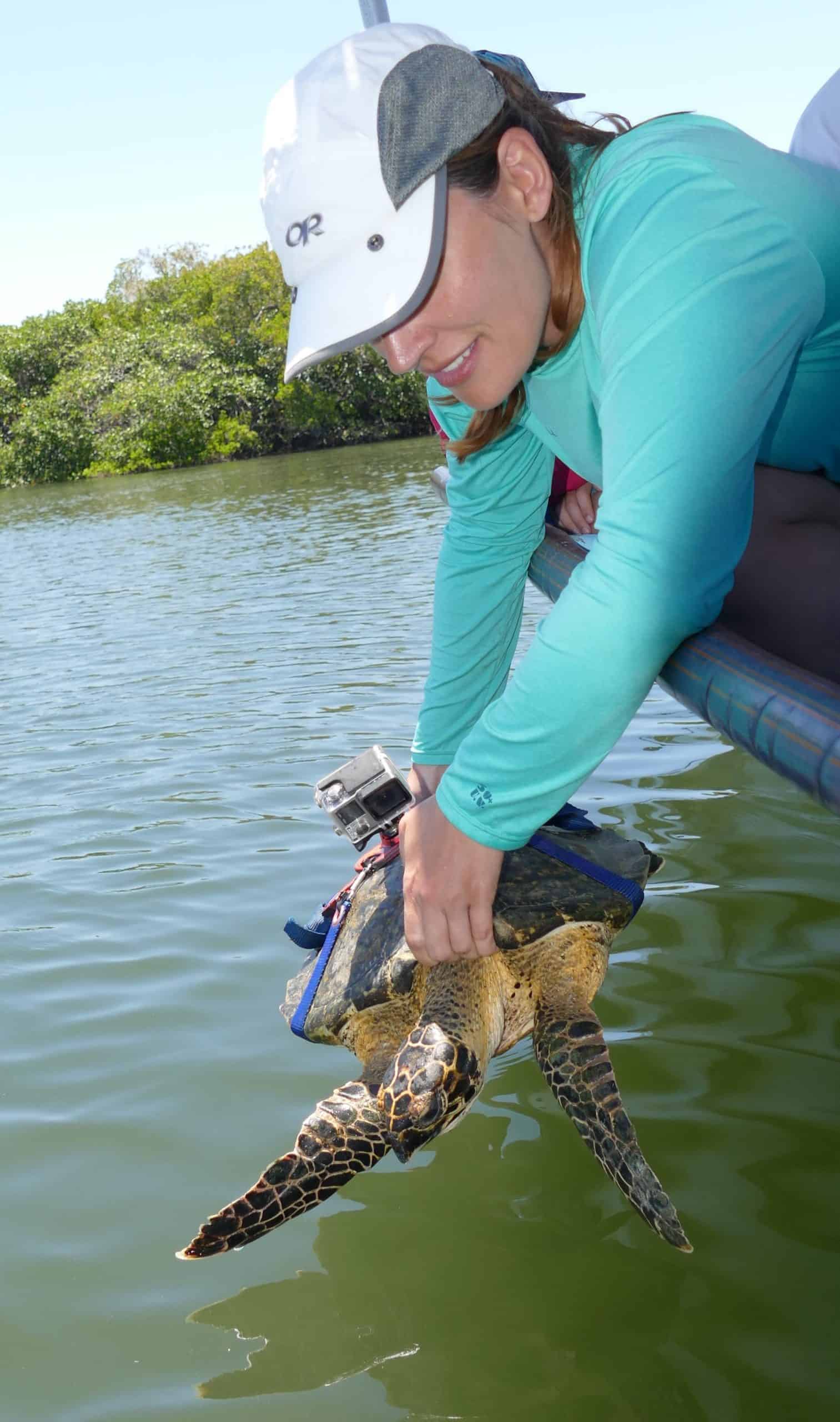
Credit: Lily Dayton
Protecting some areas isn’t always enough, though, especially if the protection is only on paper and insufficiently enforced, she said. Mangrove estuaries, for example, are also productive fishing areas. In the mangrove estuary of San Jose Island, local fishers were on board with protection efforts as they promote healthier sea life and the recovery of the species they depend on. “Now we know they are also protecting endangered species like hawksbills,” Martinez-Estevez said.
This photo essay is part of an occasional series from The Wildlife Society featuring photos and video images of wildlife taken with camera traps and other equipment. Check out other entries in the series here. If you’re working on an interesting camera trap research project or one that has a series of good photos you’d like to share, email Josh at jlearn@wildlife.org.
Header Image: Lourdes Martinez-Estevez and Juan Cuevas Amador with a hawksbill turtle capture as part of surveys in the Gulf of California. Credit: Kelly Zilliacus



